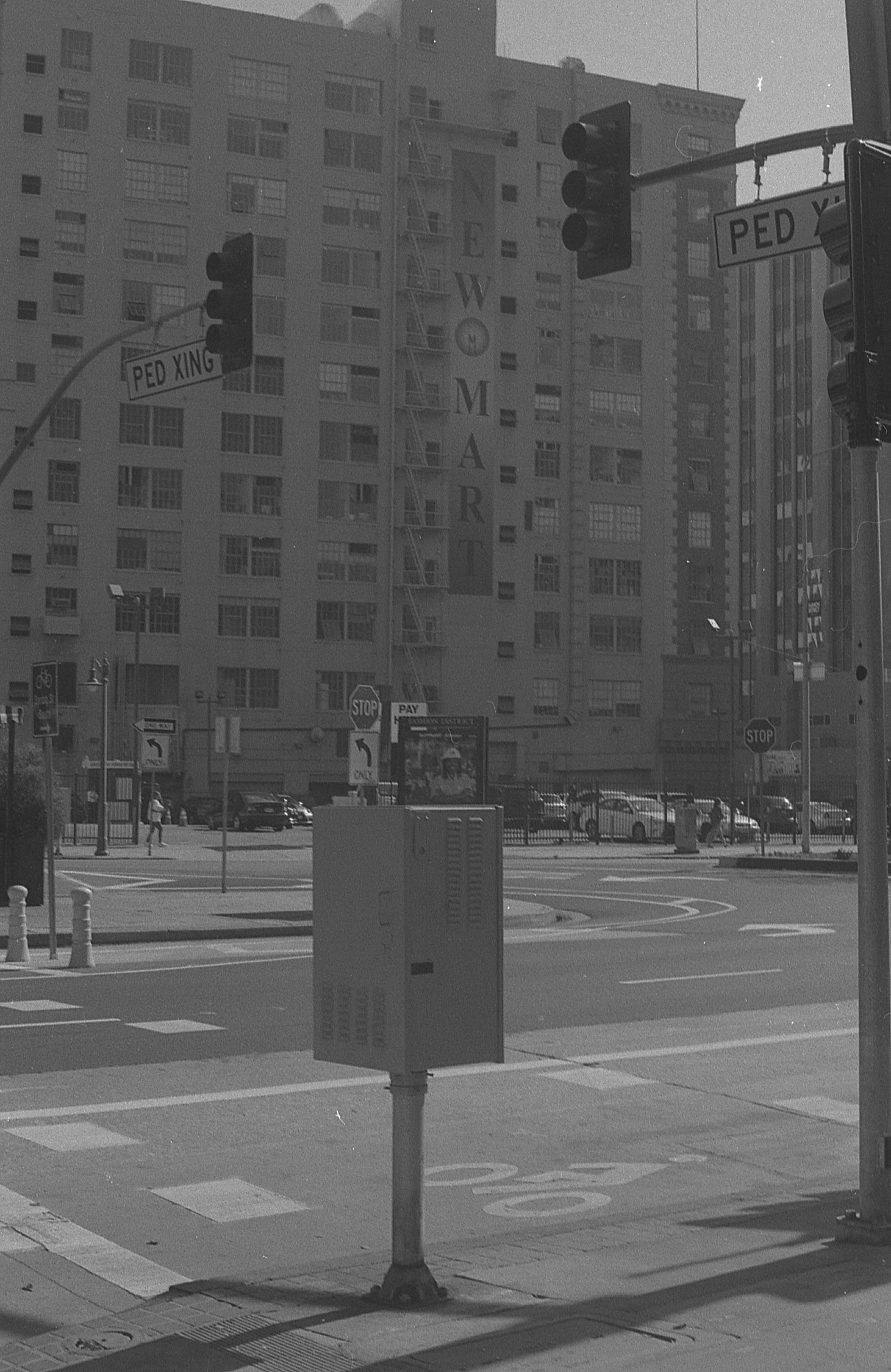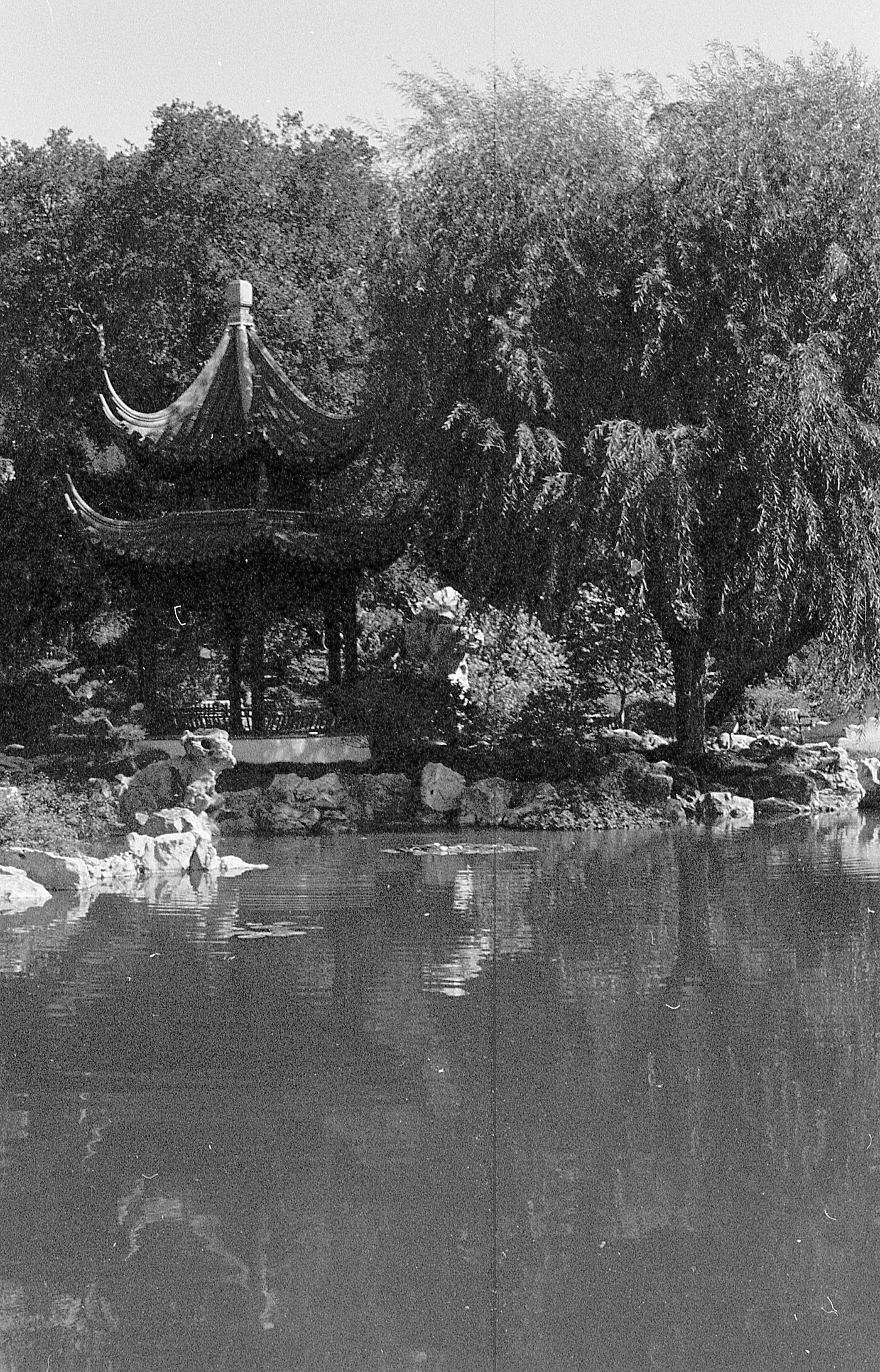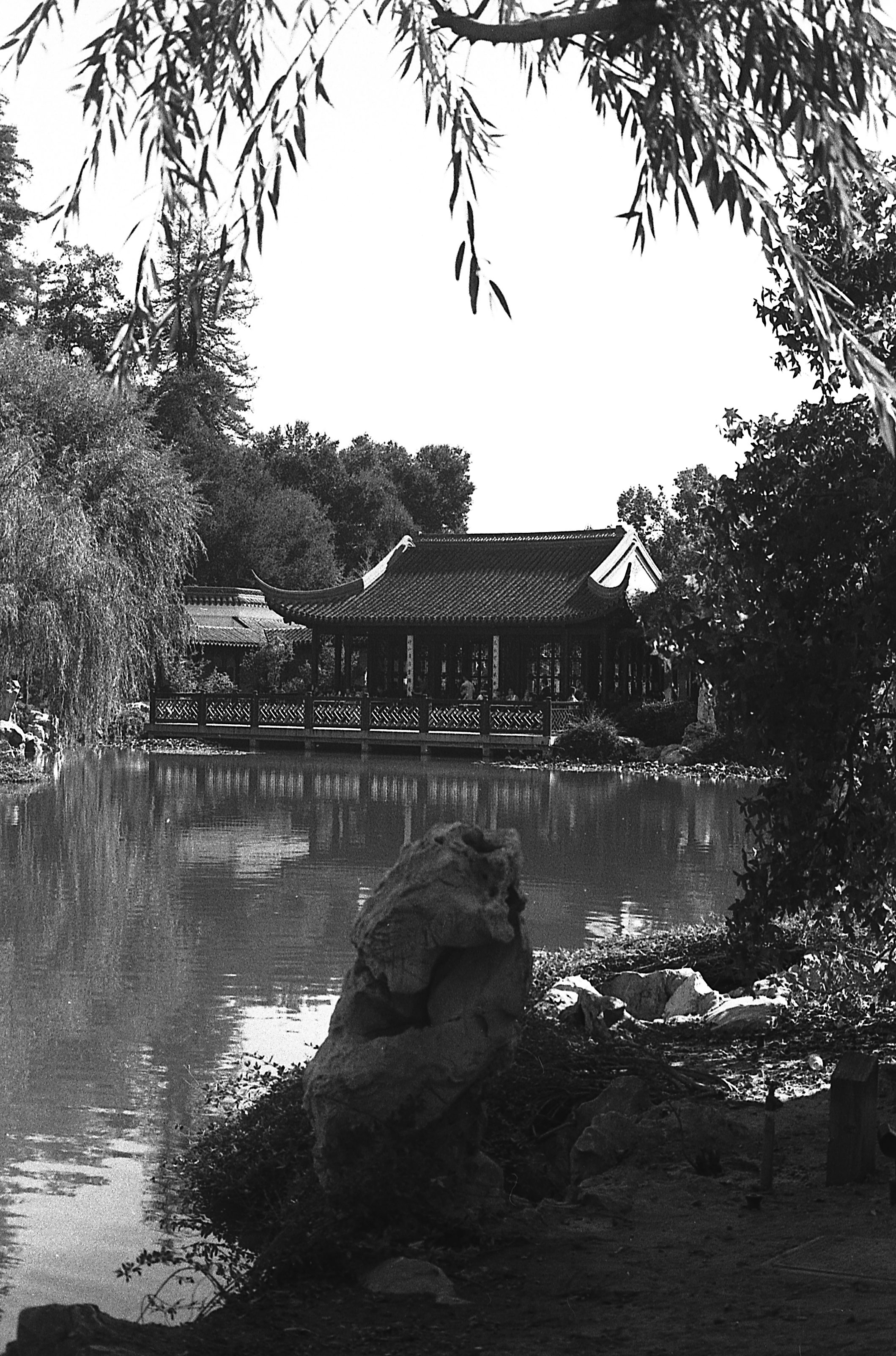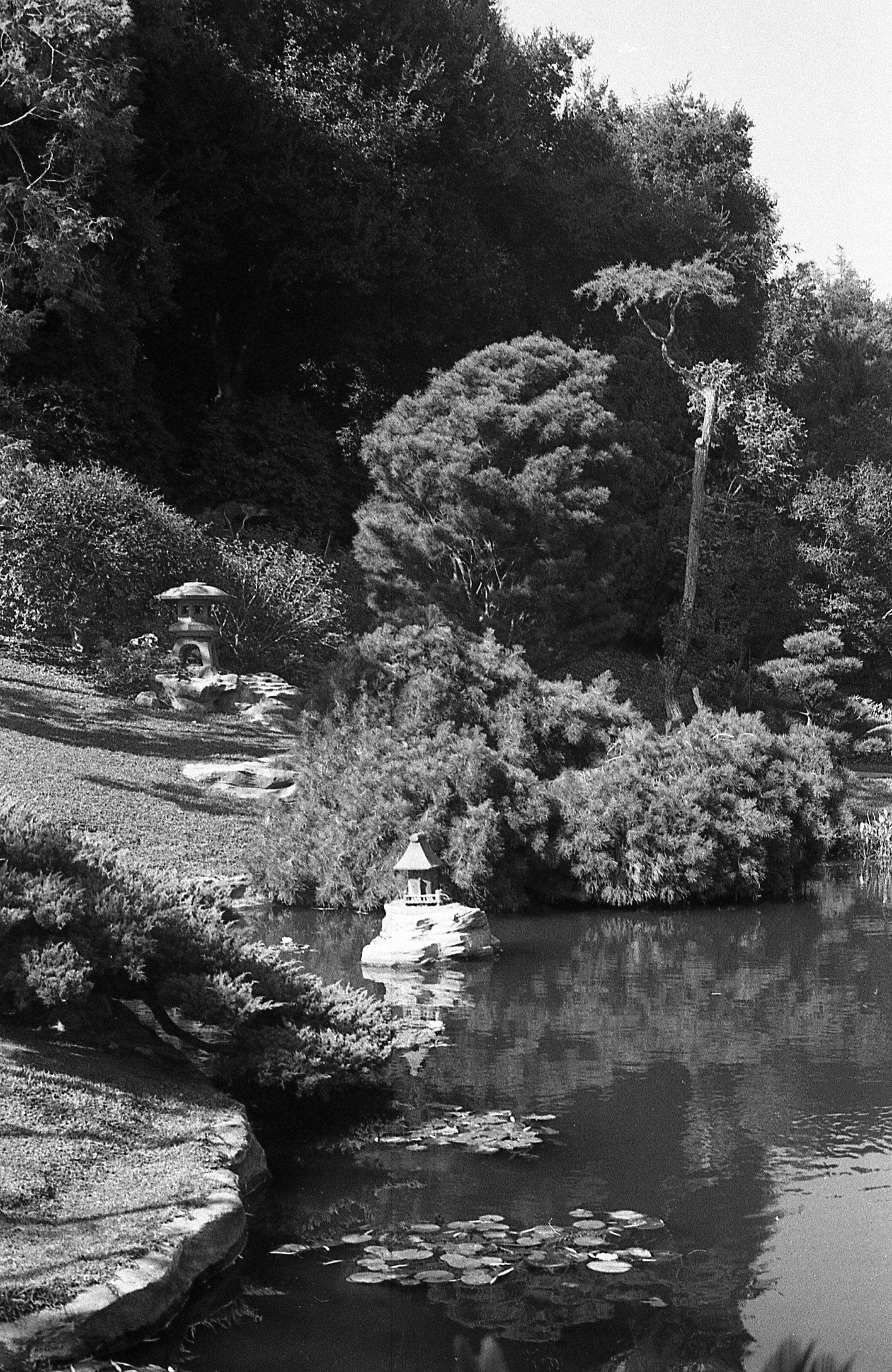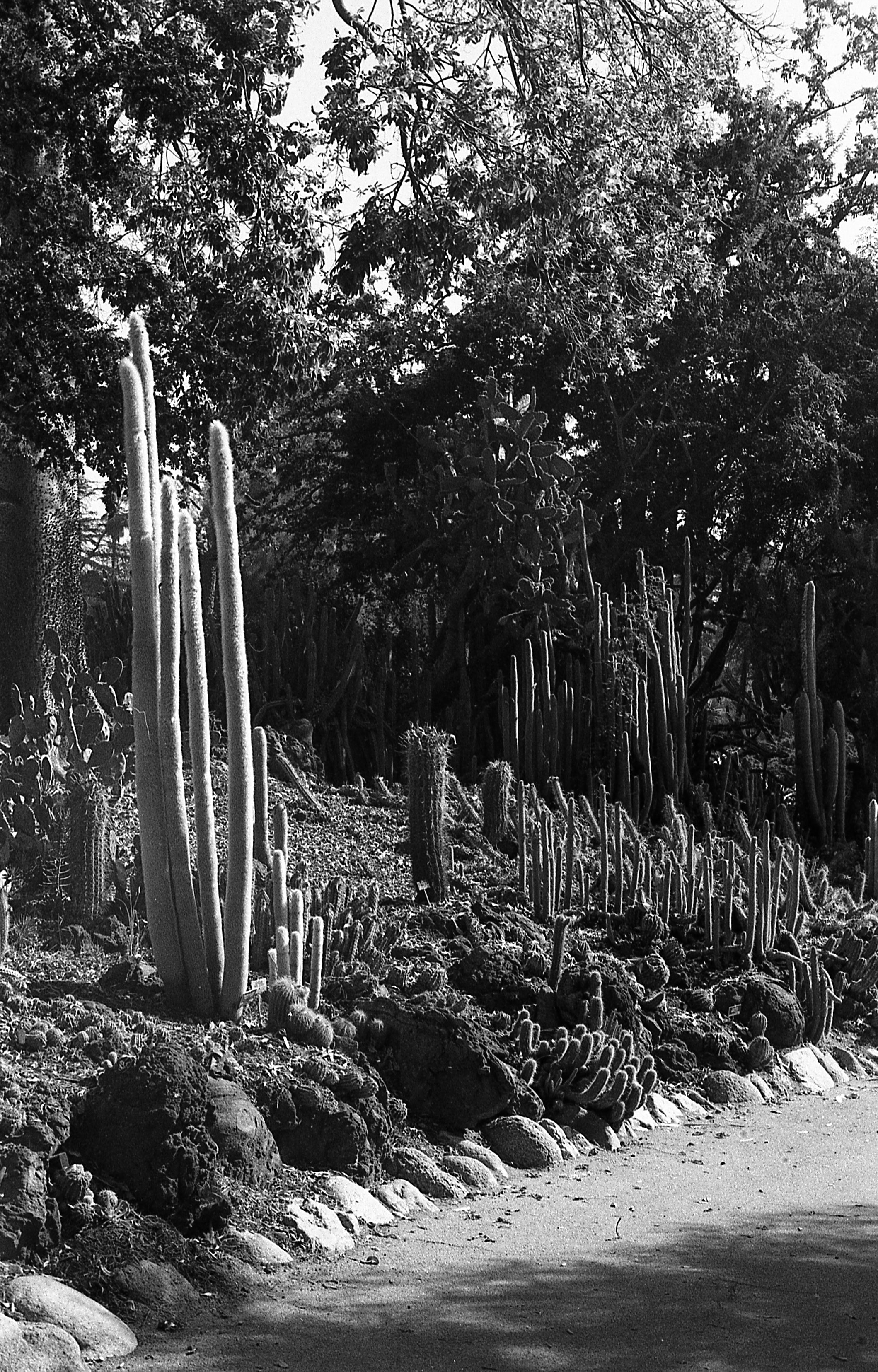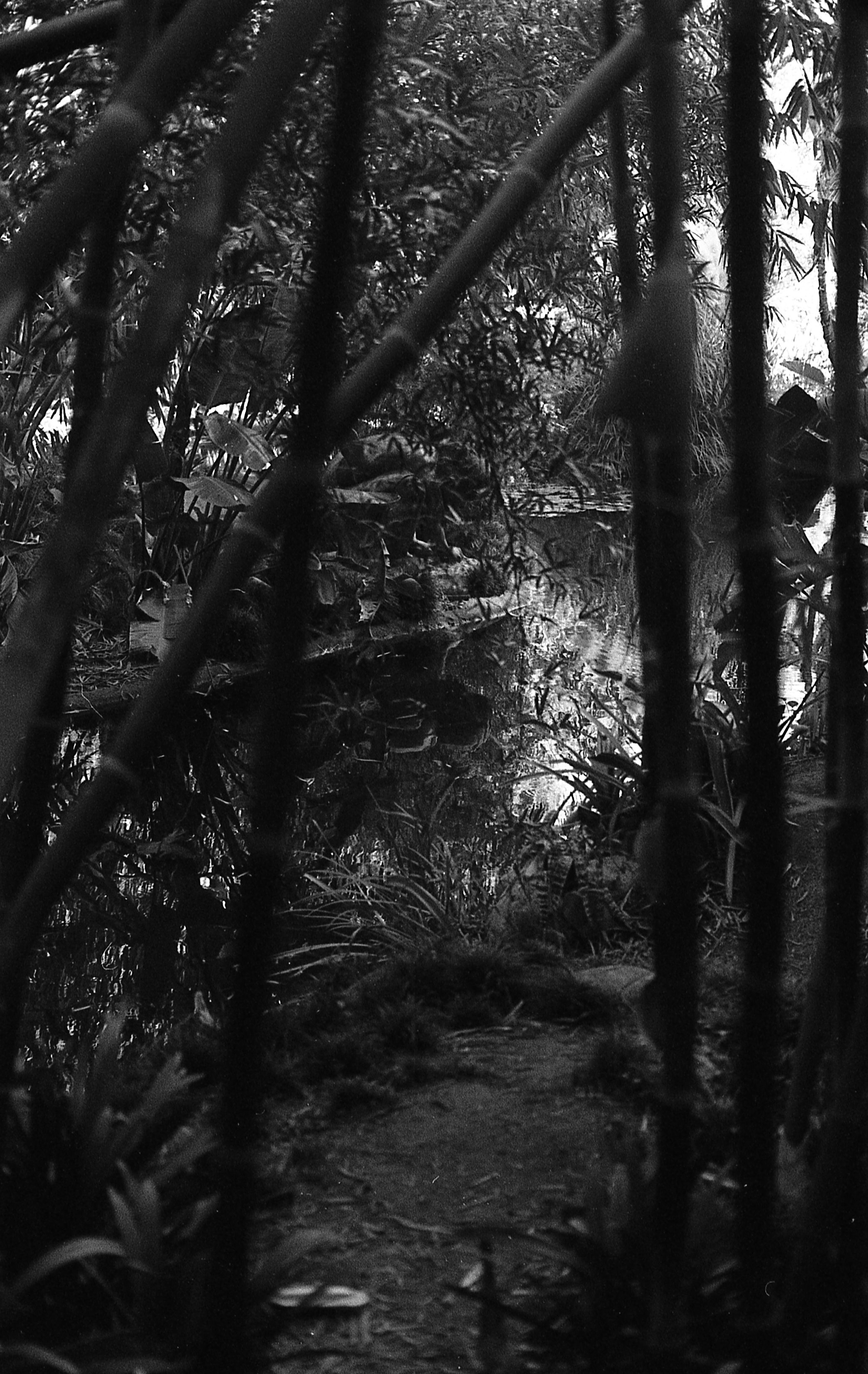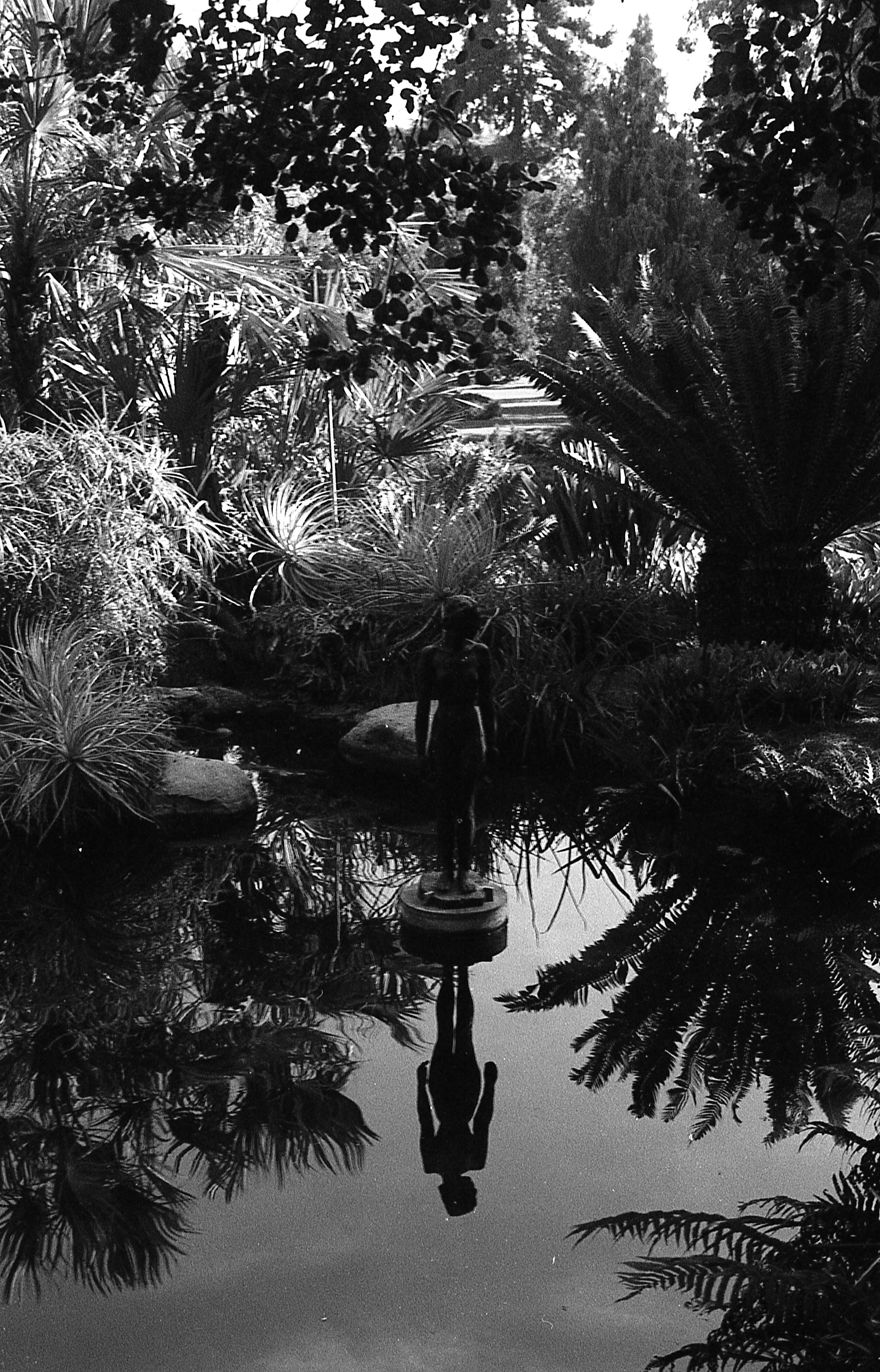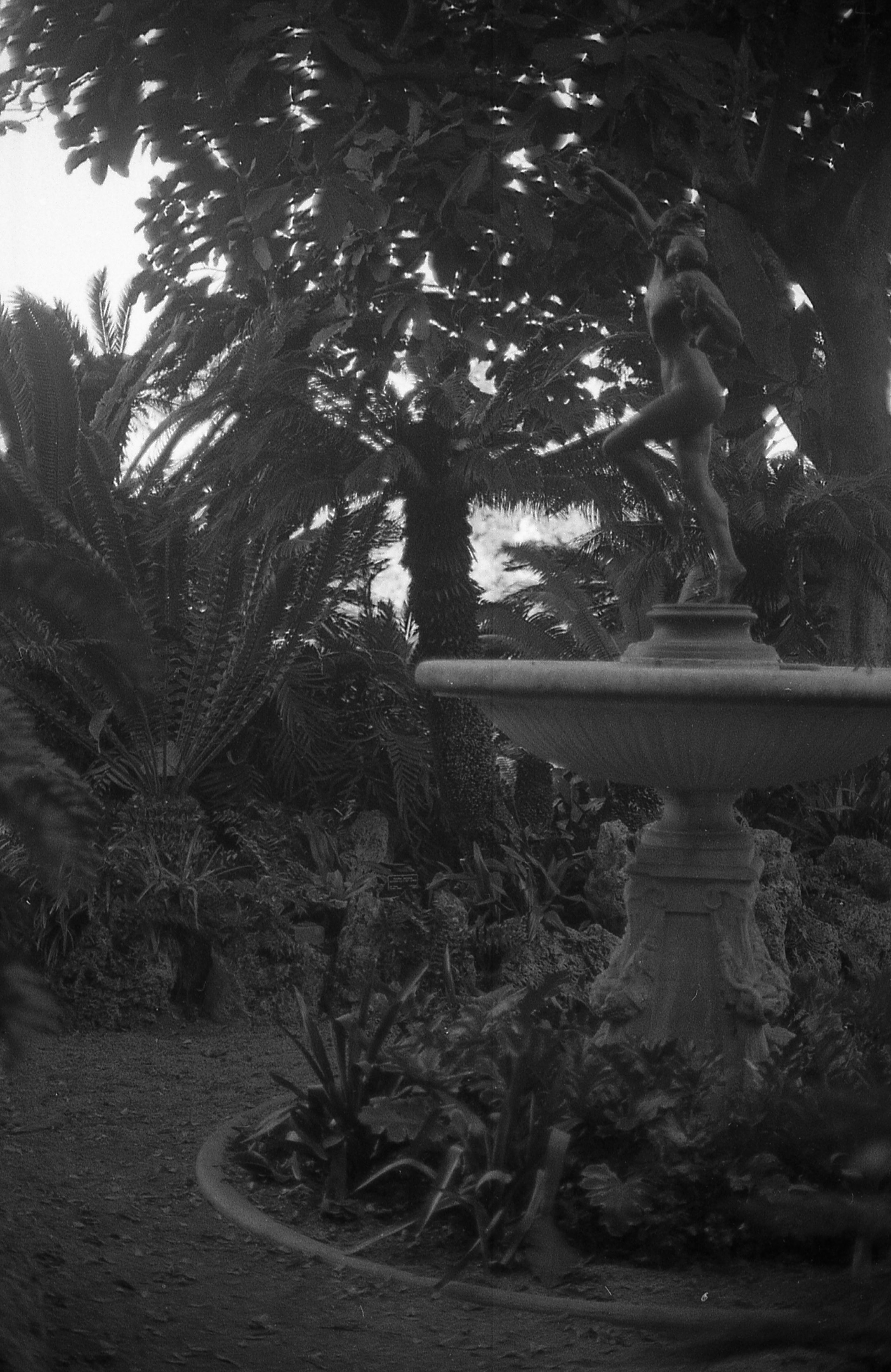Return to the Huntington
The Huntington is by far one of my favorite places in Los Angeles — I actually have an earlier less organized set on this blog from my first trip around the Huntington — Clickthrough here. I mean, I know The Huntington Gardens and Library, etc, are in San Marino, which is really just Pasadena, which is really just Los Angeles. Go Figure. I’m not really a huge history buff, so I’m far far too unqualified to talk much about the history, but the whole thing is pretty fascinating. I’m not usually a fan of collectors or flexers, but The Huntingtons really knew how to do it right -- Money can’t buy taste -- but it helped.
Before I met up with my father for lunch, I took a brief walk around Downtown LA, near my apartment, and met him at his hotel -- which is by far one of the oddest most surreal places I’ve been to in LA (I stayed there while my building was fumigated two ish years ago -- the Hotel isn’t even one of the most mysterious or haunted ones in Downtown, but again another story/photo series for another day…) I did some street-ish photography, and met up with my father to get coffee before we had lunch.
After lunch, my father and I picked up Kristina and headed over to the Huntington. This round I walked around the grounds of The Huntington Library and Gardens was much different experience — I was going with other people. It was a very different experience roaming the grounds on a weekend, and with other people but not unenjoyable at all. It definitely was good to be able to compare thoughts on the gardens, and the art with other people. The grounds were magnificent as ever, and this round I even saw some interiors (not pictured here).
I believe (rough guess) The route we took was as follows: We Entered normally, cut through some of the grounds, skipped going into the greenhouse and back to the Mausoleum (which, let’s be honest is a pretty awesome way to stunt while grieving). Then travelled through the Chinese Garden (something my father is immensely fascinated with -- gardening, and to a lesser extent, the design and planning that goes into the elaborate Chinese style gardens and grounds.) Then through the Japanese Garden -- took a water break -- it was really unseasonably hot that November/October.
Shooting the Chinese and Japanese gardens were a bit of a challenge this round -- I quickly found that because of the abundance of tourists, I had to be very careful while shooting to get the shots I wanted -- and that within limited reach, I really couldn’t use a wide angle like I had done the last time. So, as has become the standard I slapped my Rokkor 50mm MC PG 1.4 onto the Minolta XD-11 pretty quickly, and it stayed there all day. The only other equipment note I can bother to give here is that everything you’re seeing was shot on Agfapan APX 100 during my test-period for that film. I think some of these photos have my favorite look I’ve ever seen/shot -- I know that for sure while the lighting helped the photos, I was using Rodinal 1:50, semi-stand, pushed to 160, and I think that really “made” the photos. I think while the gardens are colorful, after the major floral bloom it looks much more compelling in black and white too. Everything was scanned through the Epson V600 -- you can read my opinions on that here. That’s gonna be the end of me talking tech/equipment shit here -- there’s really not much else to say.
If you weren’t aware, the Huntington Gardens are large and sprawling complex. After we wrapped up our water break, we headed for the Desert Garden which was of particular interest to my father -- who, I believe if he ever retires, will likely move to a desert of some kind -- provided it has mountains. By this time, we were starting to get the really beautiful diffuse late-day light, you sometimes get in southern California, that’s somewhat like golden hour, but isn’t quite. Word salad I know, but bear with me here. By far the Desert garden is the most interesting garden, or at least it looks the most totally alien.
We walked the Desert Garden end to end, and headed on to the Lilly pond -- Which was likely the only place in the Gardens that day that I felt like the Agfapan APX 100 wasn’t quite fast enough -- don’t get me wrong; I really like the photos I got from it (that I’m presenting here) but some of them felt kinda jank while shooting. Like they worked, and I got more or less what I wanted, but it’s not *quite* optimal. After scaling up the hill, we worked our way back across the grounds once more and then ended up back at the main Mansion, and I suppose one of the three main art galleries. The collection they had was, is? Really impressive, specifically their portraiture gallery. Definitely food for thought for a portrait project. I should’ve taken photos inside, but lacked the film I needed to do it right.
It was late in the day once we’d finished up in the Mansion we were about ready for dinner. We exited out onto the lawn and walked the grounds, down to the Fountain. It’s long been on my must return to/to shoot areas, but that day was not in the cards for me shooting -- there were actors doing some community theatre tier play or something on the lawn, which made it near impossible to get the shots I wanted. So I grabbed a couple last shots of the statues and we all filed out back to the car, and headed for dinner at MHZH over in Silverlake.
There’s not much real technical photographic takeaway here -- maybe label your film so you know you need to push a roll or two differently than the rest. The real takeaways I got were as follows: a 50mm is more than enough lens for you for most applications. Just get clever. And carrying around a giant-ass or even medium-ass sized camera bag sucks, especially when you’re out with non-photographers and you’re really just trying to enjoy your day out, but also get some good shooting done, because you’re a compulsive shooter. Honestly, I had a very nice day shooting and walking, but I think it would’ve been dramatically improved for everyone had I not been toting that stupid bag.
Thanks!
Andrew.






